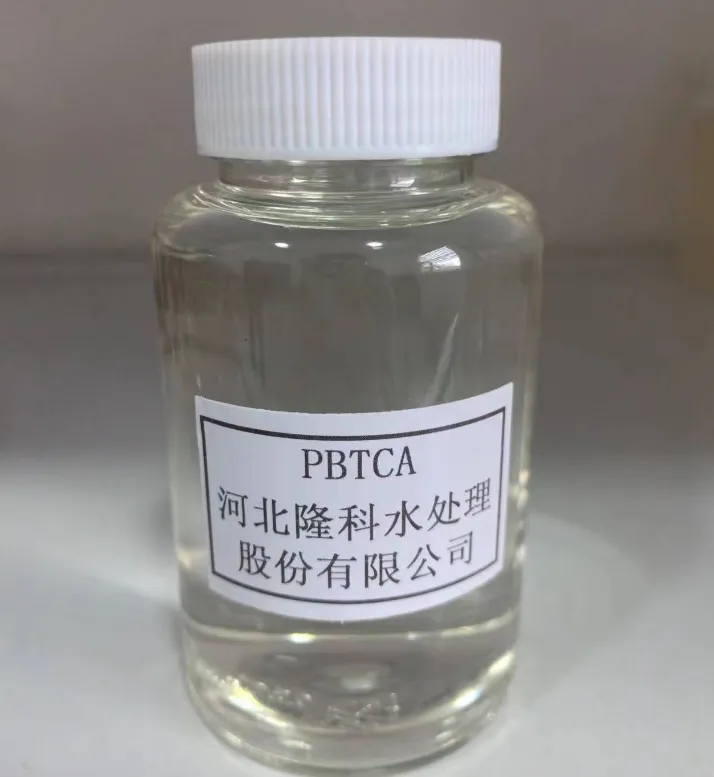cationic pam
Cationic Polyacrylamide (CPAM) Understanding Its Role and Applications
Cationic Polyacrylamide (CPAM) is a synthetic polymer derived from polyacrylamide, characterized by the presence of cationic functional groups. This chemical modification enhances the polymer's properties, making it highly beneficial across various industries. With its ability to interact with negatively charged substances, CPAM is widely used in water treatment, papermaking, and agriculture, among other applications.
Cationic Polyacrylamide (CPAM) Understanding Its Role and Applications
In papermaking, CPAM plays a critical role in enhancing the quality of paper products. It is used in the wet end of the papermaking process to improve drainage and increase the retention of fillers and fibers. By promoting the formation of a denser fiber network, CPAM helps produce paper with better strength and printability. Additionally, its cationic properties assist in controlling the charge balance in the slurry, which is essential for optimizing the paper's final characteristics.
cationic pam

Agriculturally, CPAM finds application as a soil conditioner and an aid in agricultural runoff management. The polymer can help improve soil structure, water retention, and nutrient availability. By forming hydrogels when mixed with water, CPAM enhances the soil's ability to retain moisture, thus supporting plant growth even during dry spells. Moreover, at the agricultural landscape scale, CPAM can mitigate erosion and runoff losses, helping to improve soil quality and reduce the transport of sediments and nutrients into waterways.
CPAM's versatility extends to other industries as well. In the oil and gas sector, it is employed in drilling fluids and enhanced oil recovery processes. Its ability to flocculate and stabilize sludge also finds utility in various industrial applications, such as textile processing, where it aids in dye retention and wastewater treatment. Moreover, CPAM is also gaining attention in biomedical fields for drug delivery systems and tissue engineering due to its biocompatibility and ability to form hydrogels.
Despite its numerous benefits, the use of CPAM must be approached with caution. Concerns regarding the environmental impact of synthetic polymers have led to increased scrutiny of their use. Although CPAM is generally considered safe, it is essential to monitor its concentrations in treated water to prevent potential toxicity to aquatic life. Moreover, the persistence of synthetic polymers in the environment poses challenges that necessitate research into biodegradable alternatives.
In conclusion, Cationic Polyacrylamide is a valuable polymer with diverse applications ranging from water treatment and papermaking to agriculture and beyond. Its effectiveness as a flocculant and soil conditioner underscores its significance in various industrial processes. However, as we increasingly turn to synthetic solutions, it is crucial to balance their benefits with environmental considerations. Ongoing research into safer, more sustainable alternatives will likely shape the future use of CPAM and other similar compounds in addressing the challenges of modern industries. By understanding the properties and applications of CPAM, we can better harness its potential while ensuring a commitment to environmental sustainability.
-
Pbtc Scale InhibitorPBTC: A Scale Protector for Industrial Water TreatmentNewsAug.05,2025
-
Organic Phosphonate: An Efficient Defender in the Field of Scale InhibitionNewsAug.05,2025
-
Hydrolyzed Polymaleic Anhydride: Green Pioneer in Scale Inhibition FieldNewsAug.05,2025
-
PAPEMP Polyamino Polyether Methylene Phosphonic Acid For SaleNewsAug.05,2025
-
Flocculant Water Treatment: A Pioneer in Purification in the Field of Water TreatmentNewsAug.05,2025
-
Benzyl Isothiazolinone: An Efficient and Broad-Spectrum Antibacterial Protective GuardNewsAug.05,2025





